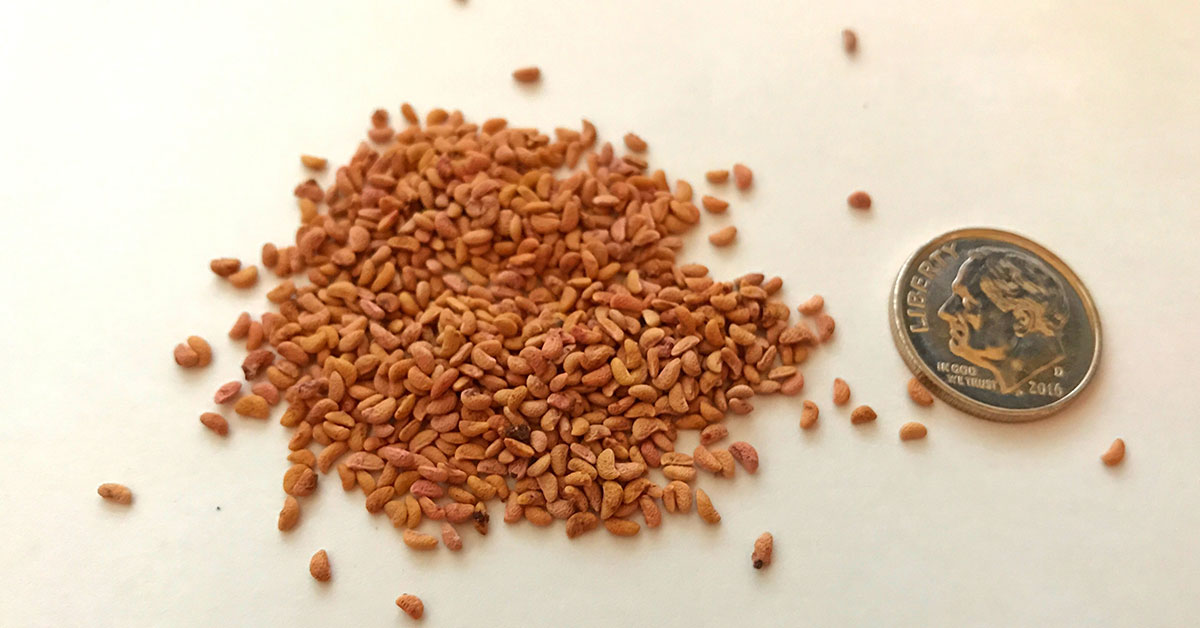As a long-time raspberry lover, I’ve always been fascinated by the miniature seeds nestled inside these sweet, juicy berries Raspberries burst with flavor and nutrition, but what about those tiny seeds? What do raspberry seeds really look like up close?
In this article, we’ll crack open these power-packed fruits to take a closer look at raspberry seeds. We’ll examine their size, shape, texture and more. Read on to unlock the mysteries of the marvelous raspberry seed!
A Magnified View of Raspberry Seeds
Raspberry seeds are extremely small, measuring just 1-2 millimeters long. That’s less than one tenth of an inch! Under magnification the oval or egg-shaped seeds have a pointed tip on one end. Their seed coat has a rough sandpaper-like texture.
Fresh raspberry seeds are light green or cream colored. As seeds dry, they turn light brown. Mature seeds have hard, rigid textures —not soft or squishy. When you bite into a ripe raspberry, you feel the satisfying crunch of seeds between your teeth.
Raspberry seeds have a very hard outer coat that protects the baby plant (embryo) inside. This tough seed coat ensures seeds survive to sprout new raspberry plants. It takes a lot to damage these resilient seeds!
Why Some Find Raspberry Seeds Annoying
Some folks find raspberry seeds unpleasant:
-
Crunchy texture – Seeds can get stuck in teeth or diminish the berry’s lush texture. Some prefer seedless berries
-
Gets caught in throat – Seeds tend to lodge in the throat, causing irritation, coughing or throat-clearing.
-
Adds bitterness – The seed coat’s bitterness ruins the sweet berry taste for some.
For those who just want to enjoy soft, sweet flesh, seeds can be an unwanted nuisance. But for most raspberry devotees, the seeds are part of the package.
Why Most Don’t Mind Raspberry Seeds
For most fans, the seeds don’t bother them because:
-
Adds texture – The crunch adds nice variation to the soft pulp. Too much softness gets boring.
-
Easy to swallow – The tiny seeds easily swallow naturally with the fruit. No need to spit them out.
-
Boosts fiber – The seed coat provides digestion-aiding fiber. Fiber fans welcome this.
-
Subtle, nutty flavor – Some detect a pleasant, nutty nuance that enhances the overall taste.
So for many, the seeds integral to the berry experience. The perks outweigh any minor annoyances.
How Raspberry Seeds Form and Mature
To understand seed characteristics, it helps to know how they develop:
-
Raspberries are aggregate fruits with many individual drupelets, each containing one seed.
-
Bees pollinate the flowers, fertilizing the ovules inside to form plant embryos.
-
As fertilized ovules grow, they develop hard outer seed coats for protection.
-
The seed coat forms from the ovule’s integument, a protective cell layer that hardens as seeds mature.
-
Raspberry seeds fully mature when berries are nearly ripe or ripe. Unripe seeds are softer.
The “pesky” seed coats serve an important purpose – protecting the embryo as it matures!
Are Raspberry Seeds Safe to Eat?
The good news is raspberry seeds are completely edible and safe. Here’s why:
-
The hard seed coats provide indigestible fiber that passes through undigested.
-
The tiny seeds are too small to pose a choking hazard or blockage when swallowed.
-
Raspberry seeds contain no toxic cyanide compounds like apple seeds. No poisoning risk.
While seeds offer no nutritional value, there are no harmful effects from ingesting them. Some eat berries seeds and all with no issues. For those who dislike seeds, straining them from jams or juices is an easy fix. But the seeds are safe to consume if you want every morsel of raspberry goodness!
Removing Raspberry Seeds (If You Must!)
For those who can’t tolerate the crunch, try these tips for avoiding seeds:
-
Use a food mill, sieve or strainer when making jams, juices or purees. This separates seeds from pulp.
-
Buy seedless raspberry preserves. These use strained fruit purees.
-
Grow seedless raspberry varieties like Caroline, Polka or Polana. Research low-seed or seedless types.
-
Buy off-season raspberries. These often aren’t fully ripe, so seeds are softer.
-
Pick unripe wild raspberries. Greener seeds are less noticeable.
I suggest tasting seeds before deciding to remove them. You may not mind the crunch! But if seeds bug you, discreetly avoid them with screens, seedless varieties or underripe fruit.
Raspberry Seeds Are Tiny Treasures
After examining these mighty mini seeds, I hope you see them as an integral part of enjoying raspberries. For most fans, the seeds complete the experience.
So next time you enjoy a plump, juicy raspberry, savor the texture and subtle nuttiness from those tiny seeded gems. The seeds are a testament to natural ingenuity. Embrace the seeds, and enjoy every sweet, delicious bite of your favorite berries!

Appearance[]
- The Raspberry seed is a solid reddish-pink color.
- The Raspberry crop is similar to the Blueberry, consisting of several dark green cubes and cuboids arranged to resemble a bush.
- The Raspberry produce is characterized as having two reddish-pink square bodies joined with a brown stem.
Description[]
The Raspberry is an exclusive, multi-harvest, berry type, rare crop.
How to grow Raspberry|Growing Raspberry from seed|How to grow #51 Raspberry|Eng Sub
FAQ
Can you grow raspberry from seed?
Red raspberries are generally easy to germinate, or at least such has been my experience. I collect the fresh seed and sow about 1/4 in deep in a shallow tray containing slightly moistened sterilized starting mix, then cover with plastic and set in my unheated attached garage.
How big is a raspberry seed?
Dried raspberry seeds are microbiologically stable, thanks to which we can offer a long shelf life (2 years). The size of seeds is around 2-3mm.
